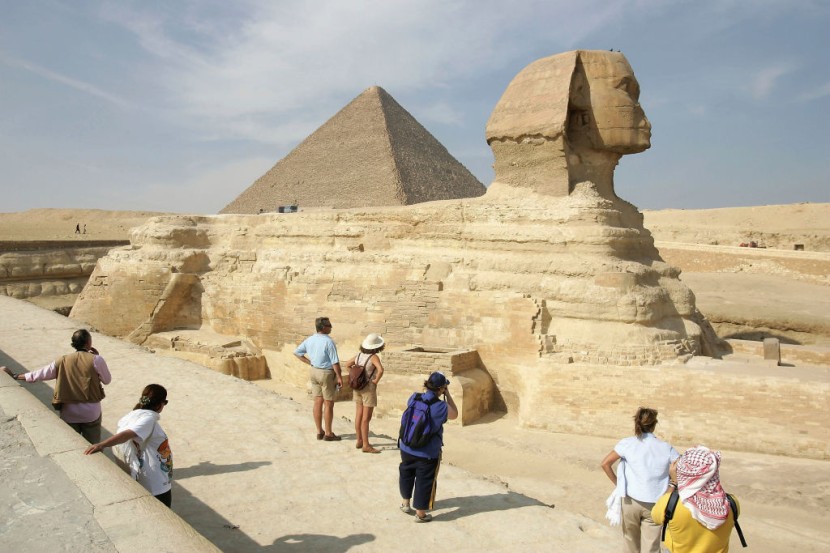
Scans reveal hidden voids inside the structure of the ancient Pyramid of Giza that are under speculation as to what they remain a total mystery for now. Ultra-modern scanning equipment that measures cosmic rays determined the spaces inside the structure. Pyramids are still enigmas because of the superficial data on them, and much is still unknown.
Voids in the Pyramid of Giza
Based on scans done before by scientists who identified the two biggest voids above the grand gallery, it is a passage that might be connected to the chamber of the pharaoh Khufu, 98 feet long and 20 feet in height as calculated from earlier data, reported Sciencealert.
Archeologists speculate what is there, either one large section or small room. Another is to discover what they are for, hoping that it leads to Khufu's burial chamber. But at the least, the mysterious space is connected to the construction of the ancient pyramid.
Built-in the reign of the pharaoh Khufu from 2551 BCE to 2528 BCE (before the common era), one of the largest pyramidal structures of ancient Egypt cited by Live Science as a survivor of the first civilization in the past.
In 2015 and 2017, Scan Pyramids would do a series of tests that examined muons of cosmic rays that pelt earth regularly. These rays would see inside the tomb, and in 2017 they hit the jackpot.
"Scan Pyramids" project
A new group intends to analyze the hidden voids in the Great Pyramid of Giza, this time with much more advanced equipment that should study muons in considerable detail than before.
Muons are negative-charged elementary particles produced when cosmic rays impact atoms enter the atmosphere. Most of these high-energy particles constantly pelt earth without harm due to their interaction with the material they encounter. So they use the muons to map areas of the pyramid getting drenched in them; not all areas of Khufu's pyramid cannot be accessed physically.
The scientist got a preprint on arXiv that outlines a telescope with 100 time-sensitivity compared to the last scans made. But it has not been reviewed by their other colleagues with the same specialty. Due to the size of the muon detectors, they cannot be carried into the pyramid; and move slowly on the exterior.
Though a stodgy and slow process, it will collect more data and improve what is known about these anomalies. The detector will measure the variance of the returned radiation to see if it's empty or full of treasures, for example, pottery, stone, wood.
According to Alan Bros, who works at the Fermi National Accelerator Laboratory, there has been approval from the Egyptian Ministry of Tourism and Antiquities to continue their work on the scans, but more endowments are needed for the project.
If the scientists get the money from sponsors needed to build the detector, it will be completed in two years. Prototyping and testing are crucial to the expensive project.
It will take another year to do the scans when ready. But two to three years in the optimal time needed for best reading. Detection of these hidden voids is a breakthrough for the Pyramid of Giza that stood in the dawn of civilization; and a key to the mystery of Ancient Egypt.
© 2025 HNGN, All rights reserved. Do not reproduce without permission.








